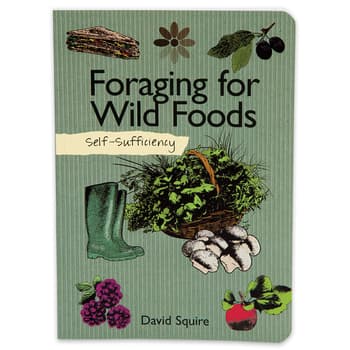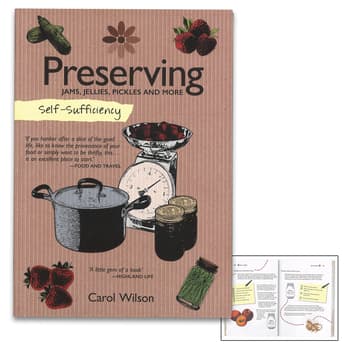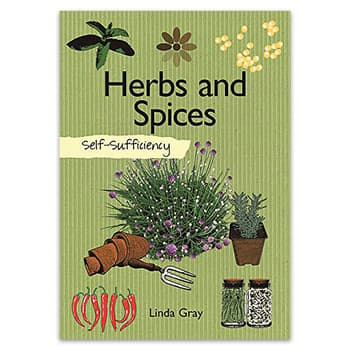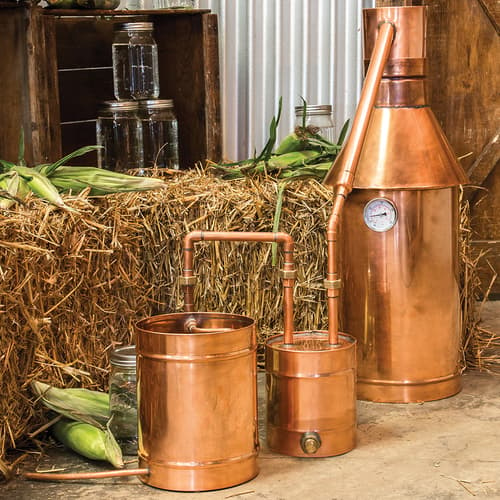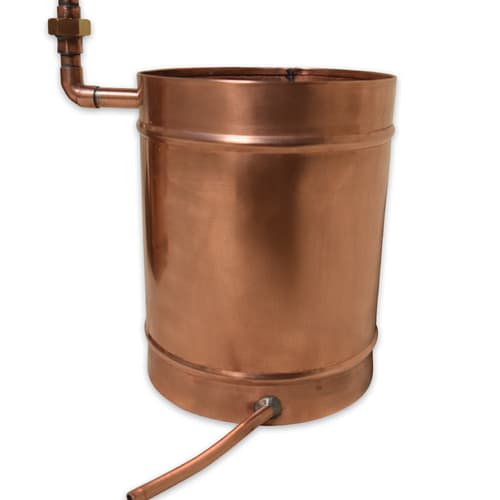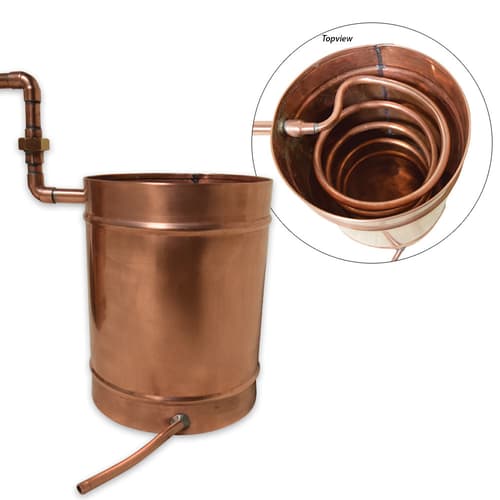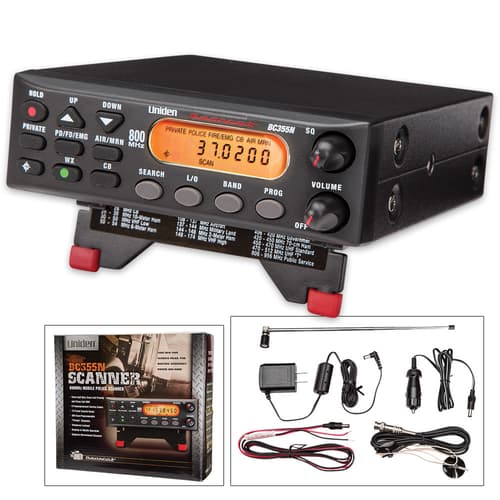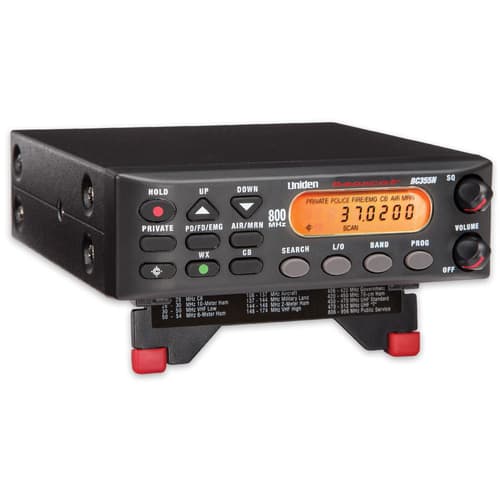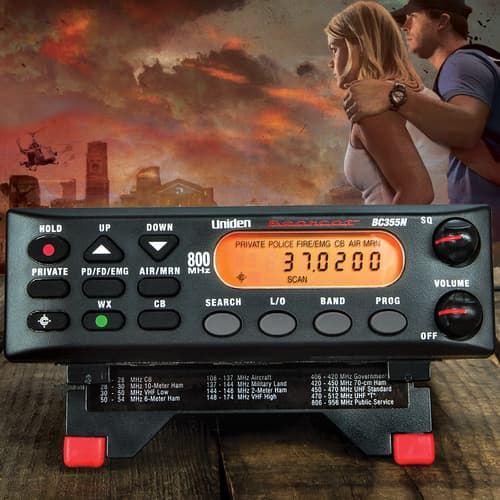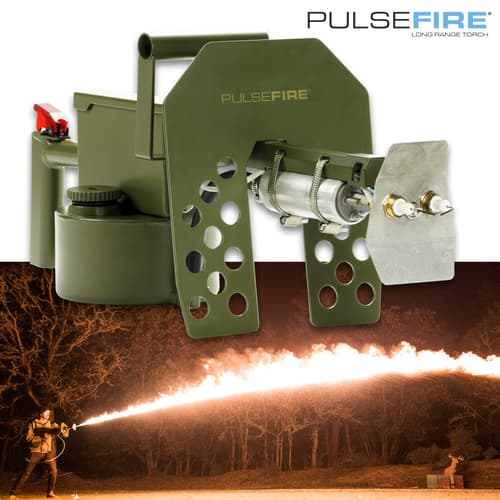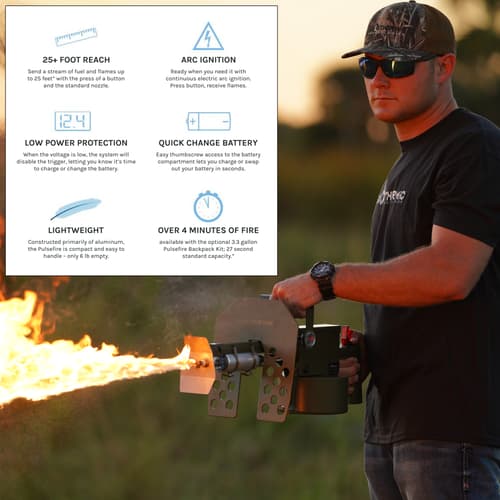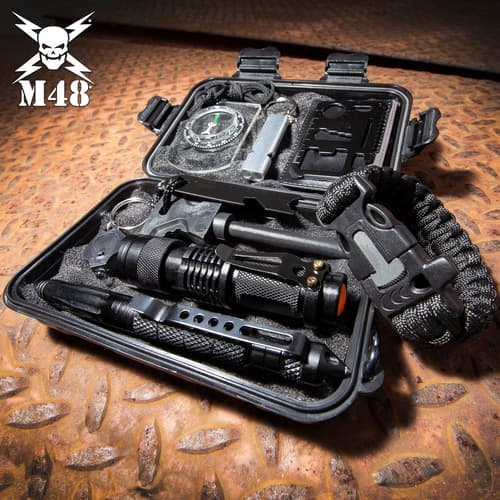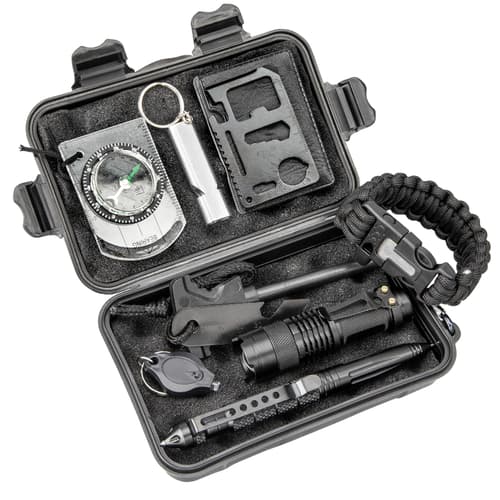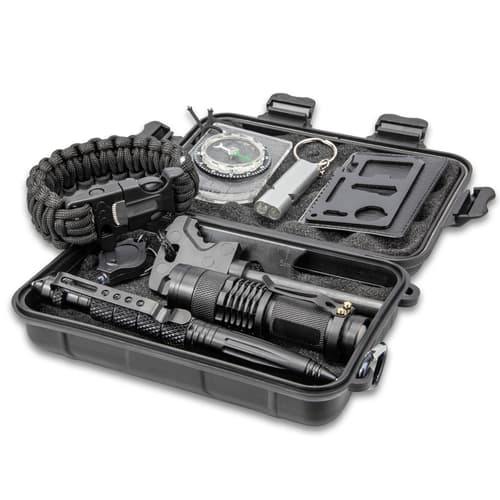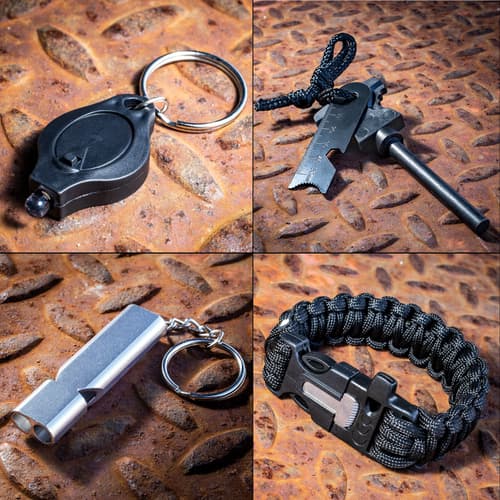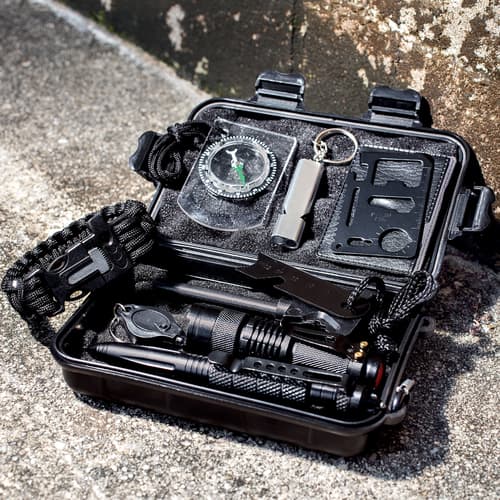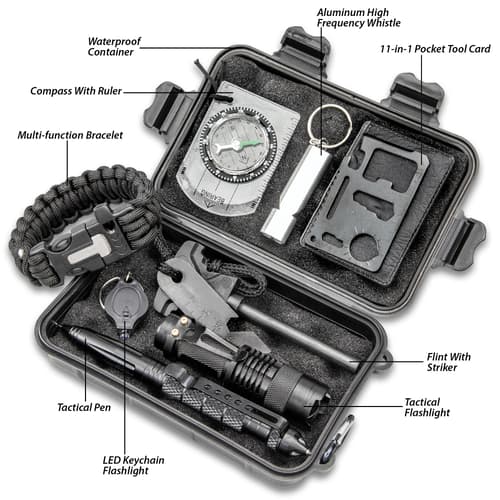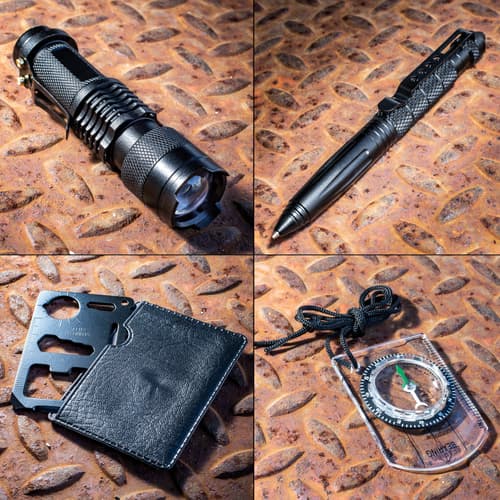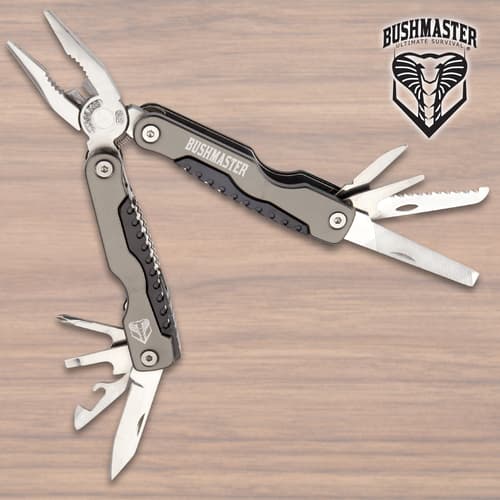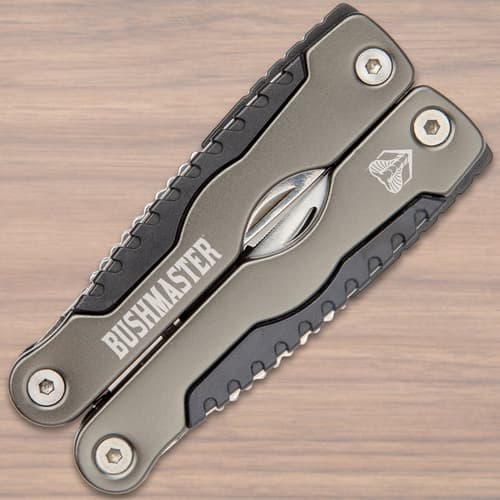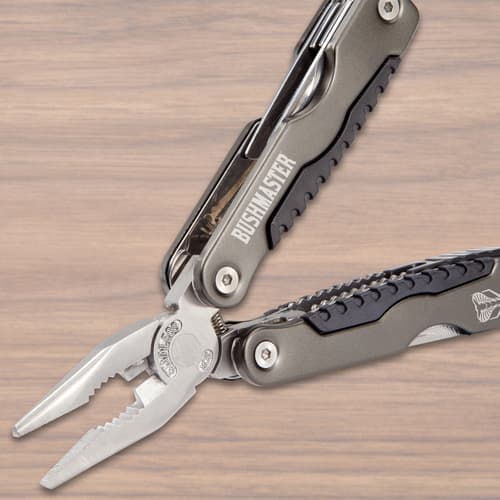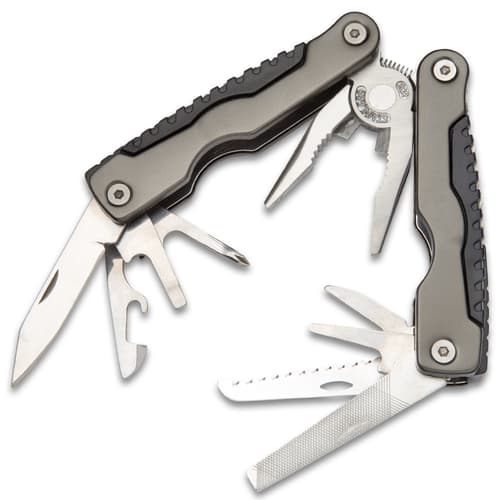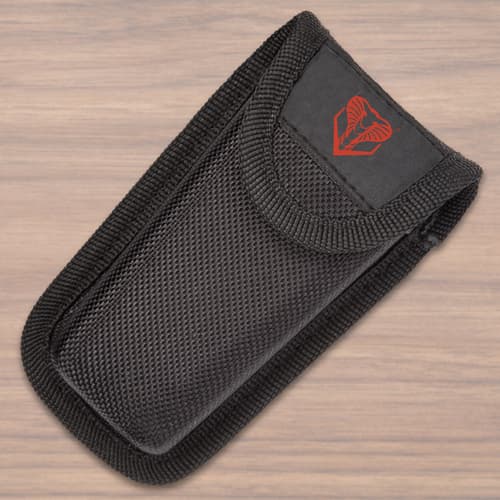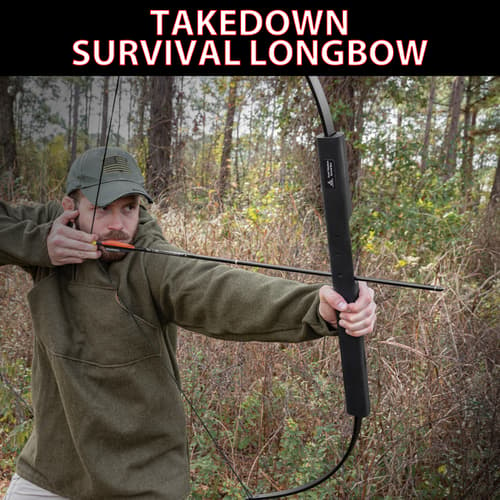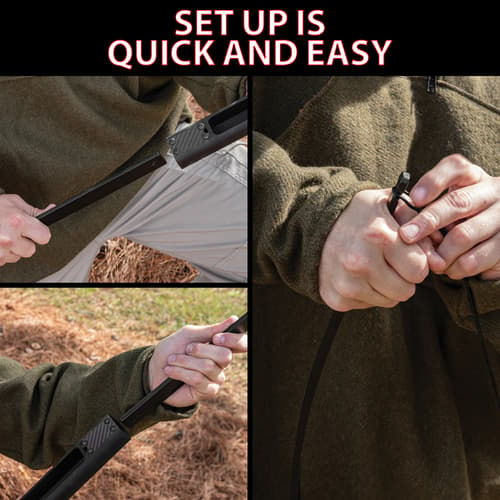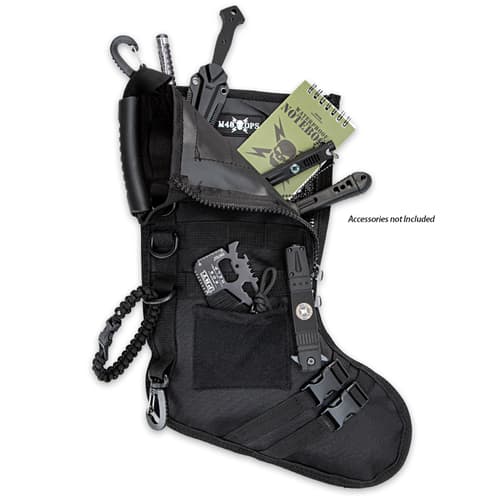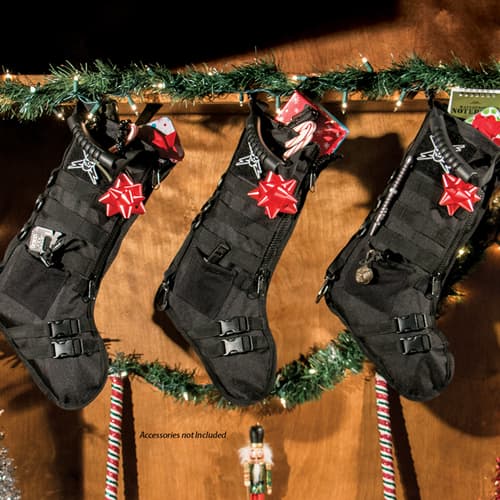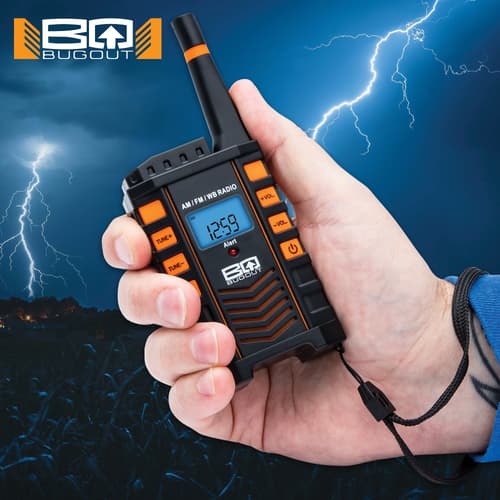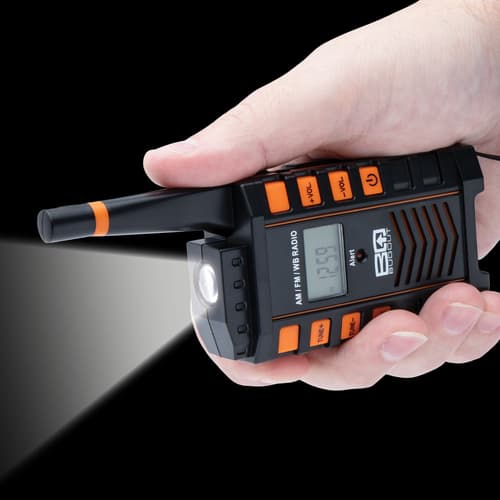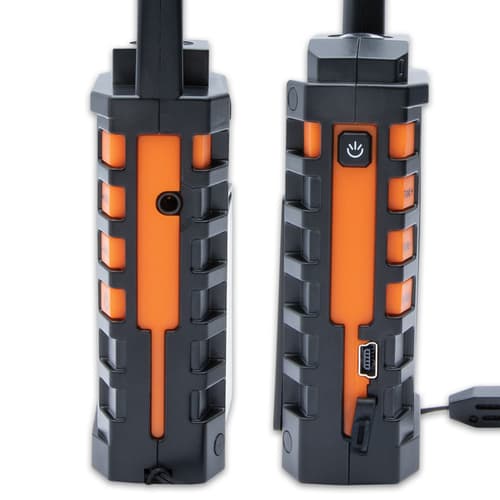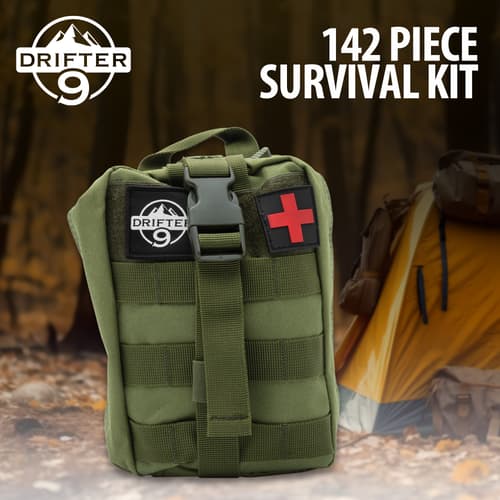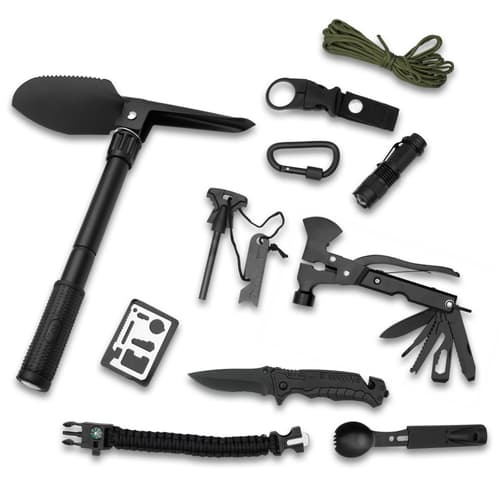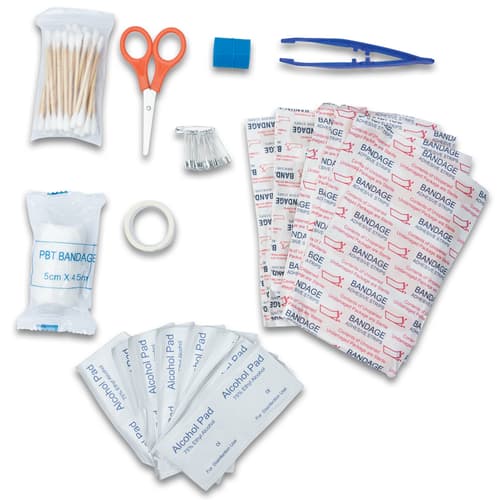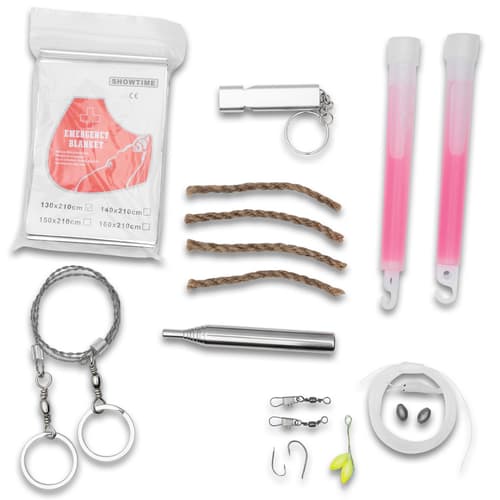It’s Time To Plan Your Garden
It’s Time To Plan Your Garden

By Adelia Ladson
With spring coming, it puts me in the mind of growing things. Now, is the time to start planning for that SHTF vegetable garden that you keep saying you’re going to plant. If you’re going to do it, you need to have everything that you need to be ready to plant in early spring for that summer garden.
Where To Start
Take some space in your backyard to use but it doesn’t have to be a plot that takes up your entire backyard. Especially, when you’re just getting started. You want to make it manageable and simple. The key to starting a garden is making a plan, by using knowledge that you have acquired on the things that you want to grow and when to plant them. You need to choose vegetables that will thrive where you live. This is important to your garden’s success.
Another option is a greenhouse garden, which allows you to create a more controlled environment for your garden, especially, against unexpected frosts and pests like rabbits and birds. A rabbit can take out your garden almost before it gets started. A green house also allows you a little more leeway on which vegetables you want to grow because of the controlled environment. However, when you first start your greenhouse garden, just like a garden plot, you will need to adjust your plan to the realities of the environment that you have created.
If you don’t have room for a garden plot or a greenhouse, it is possible to container garden inside your home. A great reference book on gardening indoors that I suggest is “How To Garden Indoors And Grow Your Own Food”. It teaches you how to grow fresh produce all year-round, no matter where you live by maximizing your indoor space. It offers expert tips on composting, working with grow lights, choosing a growing locale, container gardening for both root and above ground vegetables and the basics of fermentation. And speaking of grow lights, the 600-Watt LED Plant Growth Light is exactly what you’re looking for because it offers two light modes to boost flowering and germination. Use the “bloom” switch for the flowering stage of growth and the “veg” switch for the germination stage of growth.
Shop Products Here:
What to Grow and When
Gardening is something that needs to be practiced and done through trial and error. You need time to learn because you can’t expect the first time you plant that everything will meet your expectations and needs. You need time to learn and adapt your plan, based on the results and reality of your individual garden and its environment. You won’t know this until you’ve been through a season with your garden. In making your gardening plan, you should have put together your list of vegetables that should be planted in the summer or in the fall. You can start simply, with just one season for the first year and, then, expand later into a year-round garden.
Summer Garden
When I think of a summer garden, the first thing that I think of is tomatoes and cucumbers. You can also fill your garden with summer squashes, zucchini and okra. Don’t forget the watermelon for the Fourth of July! To get you started, the BugOut SHTF Summer Garden pack has heirloom seeds to grow all of these veggies and more. The high-quality, high-germination seeds come in a resealable Mylar bag and the individual seed packs have full instructions on when and where to plant, care of, when to harvest and the nutritional value of the vegetable. Plant your summer garden when the temperature of the soil and air have risen above 50F and about two weeks after the average last frost date for your area. The seeds just won’t germinate unless it’s warmed up.
Fall Garden
If you’re planting a fall garden, you’re going to look at root vegetables like carrots, beets, radishes and turnips. Then you can fill it with a variety of greens like cabbage, lettuce and kale. You’ll find a variety of these vegetables in the BugOut SHTF Fall Garden heirloom seed pack. Assuring you of a bountiful harvest, the fall seeds are packaged in the same way as the Summer Garden pack, in a resealable Mylar bag, guaranteeing that they remain viable. Plant your fall garden when the soil temperature ranges between 40F to 75F because the seeds germinate best in cool soil, which is usually between two to four weeks before the last spring frost.
Year-Round Garden
Once you get through a couple of seasons with your summer or fall garden, you should expand to a year-round garden or if you’re feeling ambitious, you could start with a year-round garden from the get-go. Either way, the BugOut SHTF Mega Garden pack gives you 38 different varieties of heirloom seeds. It combines the Summer Garden pack and the Fall Garden pack, plus, a variety of other seeds for the different planting seasons. You should also check out the ReadyWise Heirloom Vegetable Seed Bucket. Another thing to consider is that these heirloom seeds can be used for barter or trade after SHTF. They could be worth their weight in gold in a post-SHTF world.
Shop Products Here:
- BugOut SHTF Summer Garden
- BugOut SHTF Fall Garden
- BugOut SHTF Mega Garden
- ReadyWise Heirloom Vegetable Seed Bucket
Canning For Later
When you have your garden growing and producing vegetables, you can really start enjoying the yummy goodness that goes straight from your garden to your kitchen. Nothing beats a truly fresh tomato or cucumber. But when you’re in it for the long haul, you need to make sure that you can enjoy that yummy goodness all year round or when your tomatoes just didn’t make it, which no matter how much you plan, can happen. You need to plan for the future and the best way to do this is to preserve a percentage of your vegetables by canning
Canning is one of the traditional ways of preserving food and is a process that requires a little more work because it’s a little more entailed. Canning is, basically, using heat to process foods in airtight, vacuum-sealed containers, like glass jars, so that you can store them in your pantry. When you look for resources on the process of canning, you will see instructions for using a pressure canner and a boiling-water canner. The method you use depends on the acidity in the food you are using. Do not take shortcuts, no matter what you see about using a microwave, the dishwasher or even the oven. Stick to the two tried and true methods above and make sure you follow the directions precisely. This assures that all of your hard work in the garden is not spoiled (literally) by flawed canning methods. I recommend the Canning Essentials book because it’s the complete, go-to beginner’s guide to food preservation. It will take you step-by-step through the processes of canning fruit and other produce, as well as, how to make homemade jelly. From canning vegetables to preparing more than 60 delicious recipes for homemade jam, salsa, and relish, this book simplifies the processes of pressure canning and water-bath canning.
Shop Products Here:
